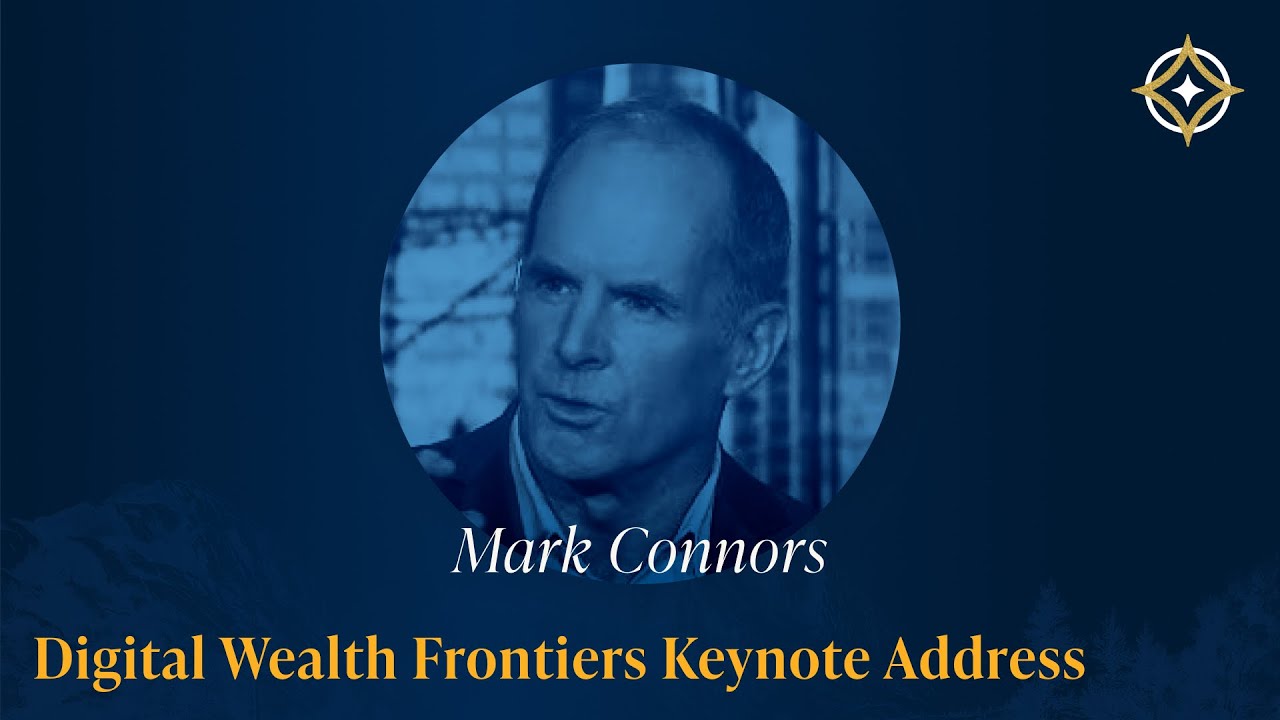Over the past few years, many clients have asked the same question: “Are we heading toward a recession, or is the U.S. economy still on a strong footing?” It’s a fair question. The headlines often swing between optimism and fear, and financial markets can react sharply to every new data point. Let’s break down what we know today and what it might mean for the next 12 months.
Where the U.S. Economy Stands Today
- Growth: After contracting slightly in the first quarter, GDP rebounded to a 3.3% annualized pace in Q2 2025. Manufacturing remains soft, but the services side of the economy, which makes up the bulk of U.S. activity, is still expanding.
- Jobs: The labor market has cooled. Unemployment has ticked up to 4.3%, and August payrolls added just 22,000 jobs, a big slowdown compared to recent years. Still, job losses are not widespread, and wages are holding up.
- The Bureau of Labor Statistics recently released a benchmark revision, implying that job creation over the last year was much weaker than previously reported. The revision suggests that the U.S. economy created around 911,000 fewer jobs from April 2024 to March 2025, the largest downward revision ever released.
- Inflation: Progress on inflation has slowed. Consumer prices are up 2.7% from a year ago, with core inflation (which strips out food and energy) running closer to 3.1%. This is an improvement from the peak, but still above the Federal Reserve’s 2% target.
- Interest Rates: The Fed has held its policy rate at 4.25–4.50% for over a year but just reduced the rate by .25% in September. The current target range is 4.00-4.25%. Officials continue to signal they are prepared to cut rates gradually if inflation moves lower and growth slows further. Markets expect two more rate cuts before the end of the year. Estimates range from another .25% reduction two more times, or a more aggressive approach with .50% cuts.
- Housing & Credit: Mortgage rates have drifted down to about 6.5% for a 30-year loan, which helps on the margin, but housing affordability remains tough. Credit conditions are easier than they were last year, though delinquencies have risen modestly as households adjust to higher borrowing costs.
The Base Case: A Slowing but Resilient Economy
Looking out over the next 12 months, most forecasters expect slower, below-trend growth rather than a deep recession. Here’s why:
- Consumers are stretched, but not broken. Rising delinquencies are worth monitoring, but household finances remain stronger than in past downturns.
- Businesses are cautious, not collapsing. Manufacturing surveys point to weakness, but services, healthcare, travel, and professional services are still growing.
- The Fed has room to adjust. Inflation is above target but trending lower, giving policymakers space to cut rates if the economy falters.
In other words, the most likely outcome is a “soft landing,” with growth continuing but at a slower pace and unemployment drifting a bit higher.
Risks to Watch
That said, risks are tilted to the downside:
- Labor Market Cooling Faster Than Expected. If job growth flatlines and unemployment rises above ~4.7%, recession odds climb.
- Tariff-Driven Inflation. New tariffs could put upward pressure on consumer prices, which would complicate the Fed’s job.
- Housing & Credit Strains. Higher long-term interest rates could keep housing subdued and weigh on business investment.
On the flip side, if inflation cools more quickly than expected, the Fed may cut rates more aggressively, which could give housing, consumer spending, and investment some breathing room.
What This Means for Investors
For investors, the key takeaway is that the U.S. economy is not flashing “recession now” but rather signaling a period of slower, uneven growth. Markets will continue to be data-driven: stronger-than-expected inflation could delay rate cuts, while weaker jobs data could accelerate them.
From a portfolio standpoint, this environment reinforces the value of balance and discipline. Equities may face more volatility if growth slows, while bonds could benefit from eventual Fed easing.
How the Economic Path Could Influence Bitcoin
For our clients with significant Bitcoin exposure, it’s worth thinking about how the economic backdrop could play out:
- Soft Landing (Base Case): If growth slows but avoids recession, and the Fed cuts rates gradually, Bitcoin could benefit from a mildly easier liquidity environment without the fear of a crisis. Institutional adoption continues to expand, and Bitcoin may trade more like a risk-on asset, moving with equities when investor confidence improves.
- Recession Scenario: A sharper slowdown with rising unemployment could trigger an initial risk-off move; stocks, credit, and Bitcoin could all sell off together as investors raise cash. However, history shows that once the Fed and fiscal authorities respond with meaningful easing, Bitcoin often recovers faster, positioning itself as a long-term store of value in a world of renewed monetary stimulus.
- Stubborn Inflation: If inflation remains sticky and the Fed delays rate cuts, risk assets could struggle. In that environment, Bitcoin’s narrative as “digital gold” may gain traction, especially if traditional portfolios see both stocks and bonds under pressure.
In short, Bitcoin’s behavior in the coming year will likely depend on whether markets see it more as a high-beta asset (moving with tech stocks) or as an inflation hedge and alternative store of value. Our role is to prepare portfolios for both possibilities.
Final Thought
It’s tempting to look for a simple “yes or no” answer on whether a recession is coming. The truth is more nuanced. The economy today is neither booming nor collapsing; it is slowing, but resilient. Over the next 12 months, that is the most likely path forward.
And while the economic cycle will influence short-term Bitcoin moves, the long-term thesis remains intact: fixed supply, rising institutional adoption, and growing importance as an alternative to the traditional financial system.
Our job is not to predict every twist and turn, but to position portfolios and financial plans so they are resilient under a range of outcomes. That’s what we’ll continue to do.





